The northern spur of the mighty Andes range is the most populated region of Colombia. Cali and Medellín are important commercial cities on the western spur of the Andes, while a diverse climate provides ideal conditions for agriculture, allowing Colombia to be one of the main worldwide producers of coffee, flowers and cacao.
Colombia has 1,300km of verdant Pacific coast, with Buenaventura the main port. The Serrania del Baudó in the north is very biologically diverse, while the south is flatter, with mangroves. Gorgona and Gorgonilla islands, 56km from the coast, are visited by humpback whales between August and October.
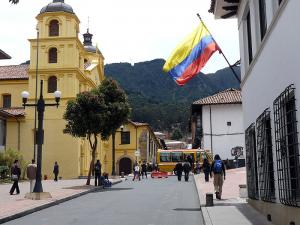
Bogotá
Colombia’s fertile highlands have been heavily populated since pre-Colombian days. Santafé de Bogotá, the capital, was founded in 1538 and lies at about 9,000 feet. The old centre, known as La Candelaria, still preserves fine colonial architecture and historical buildings such as the cathedral; Casa de Moneda (mint); palaces, churches and convents.
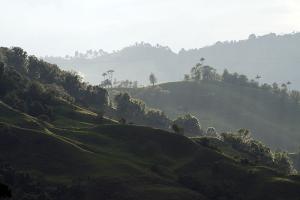
The coffee region
Manizales and Armenia are good stopping-off points for tours of the coffee region. Family-run haciendas provide the perfect base from which to explore these fertile valleys.
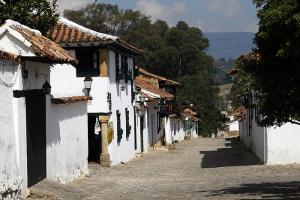
Villa de Leyva
Villa de Leyva is the most visited of Boyacá state's many fine colonial towns and villages. Founded in 1572 and home to the largest plaza mayor in South America, tourists come for its markets and pretty cobbled streets.
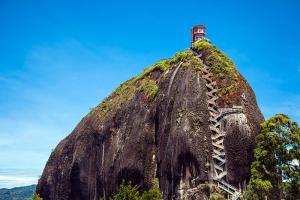
Medellín
Founded in 1616 by Spanish conqueror Francisco Herrera y Campuzano, Medellín is Colombia’s second-largest and arguably most progressive city, renowned for its numerous plazas and colourful parks. A city made infamous by the exploits of Pablo Escobar, Medellín has left the dark days well behind and invested hugely in redevelopment and making the city a centre of culture. The region is known for its flowers and the annual Feria de las Flores (Festival of Flowers), celebrated in the first week of August, is particularly impressive.
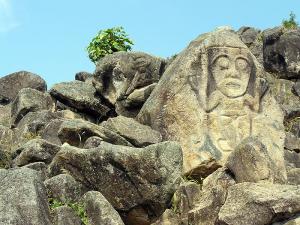
Popayán and San Agustín
South, towards the Ecuadorean border, Popayán is a fascinating city of cobbled streets and whitewashed colonial buildings. A 5 hour drive to the south are the remarkable archaeological sites of San Agustín, highlighted by 500 imposing stone statues carved in accordance to the mythology of their Indian sculptors. A 5 hour drive to the east is the little-visited world heritage site of Tierradentro, famous for its underground tombs.

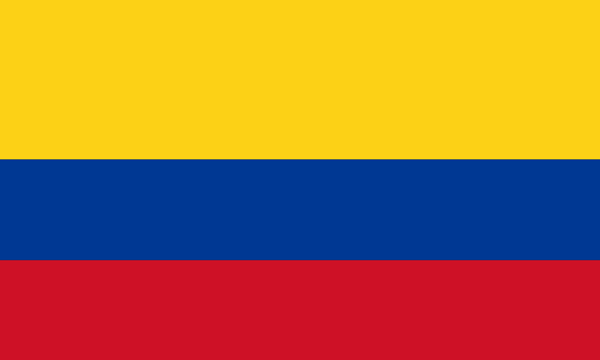 The Andes
The Andes